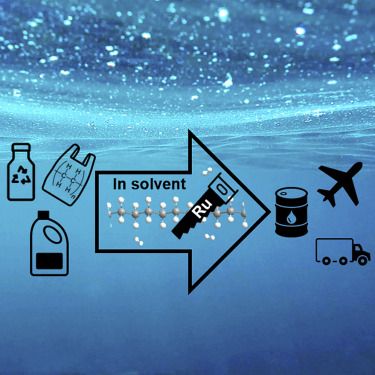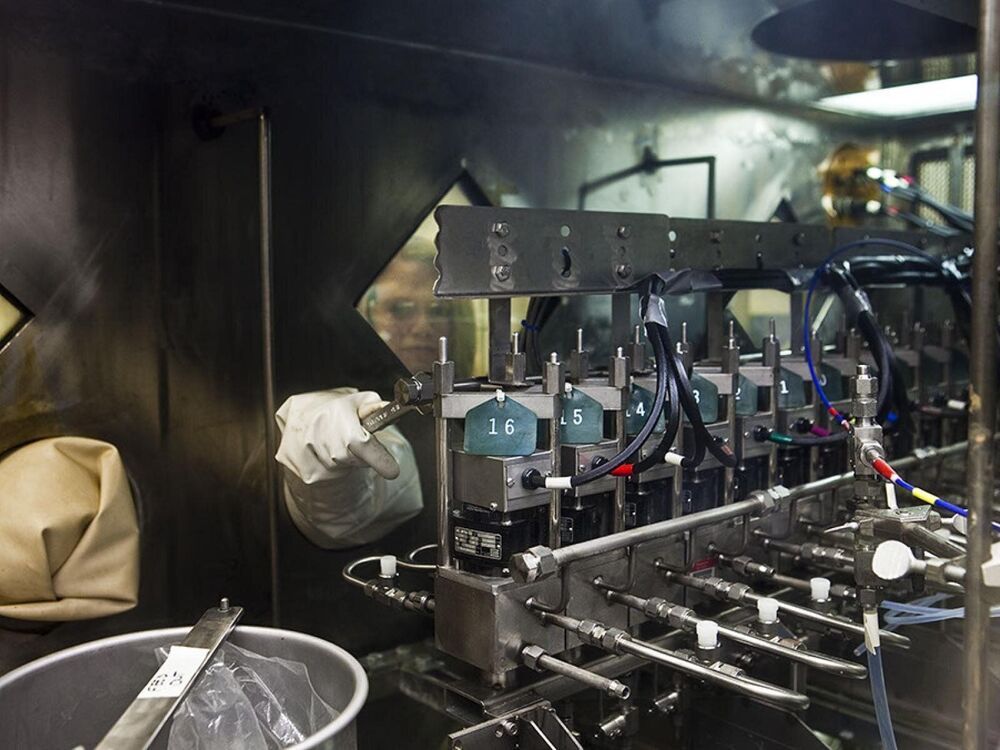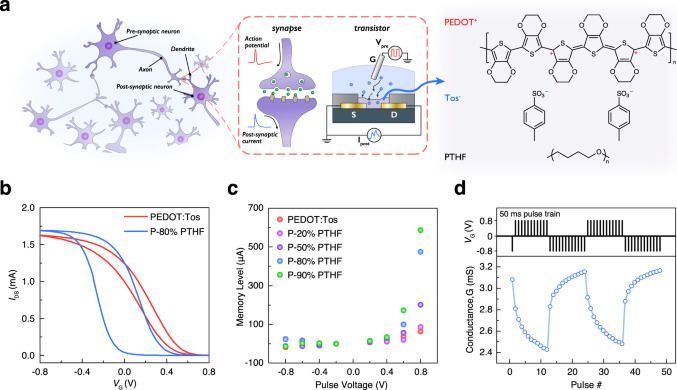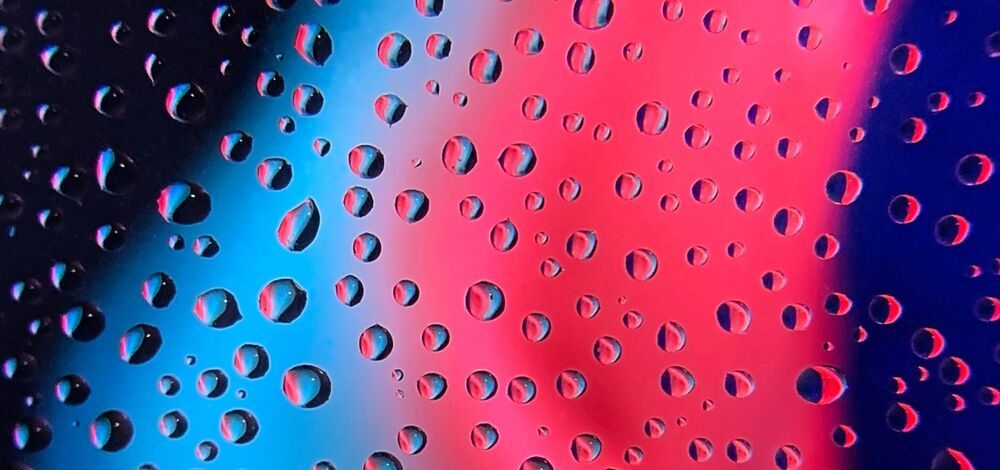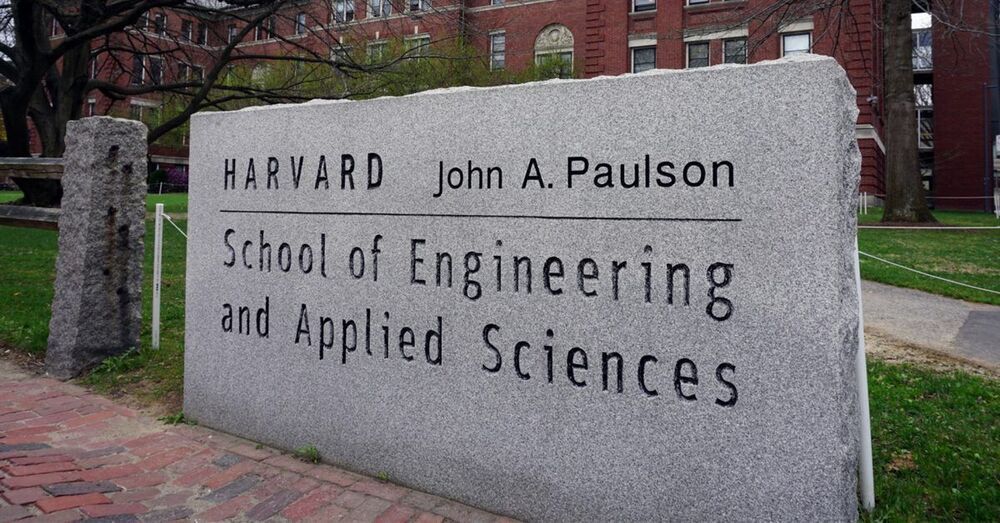May 21, 2021
An ancient star casts new light on the birth of the universe
Posted by Genevieve Klien in categories: chemistry, cosmology
Astronomers have discovered an exceedingly old star at the edge of our galaxy that seems to have formed only a few million years after the Big Bang – and what they are learning from it could affect their understanding of the birth of the universe.
In a study published last week, researchers found the star during an astronomical survey of the southern sky with a technique called narrowband photometry, which measures the brightness of distant stars in different wavelengths of light and can reveal stars that have low levels of heavy elements.
They then studied the star – known by its survey number as SPLUS J210428.01−004934.2, or SPLUS J2104−0049 for short – with high-resolution spectroscopy to determine its chemical makeup.


